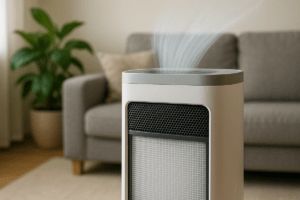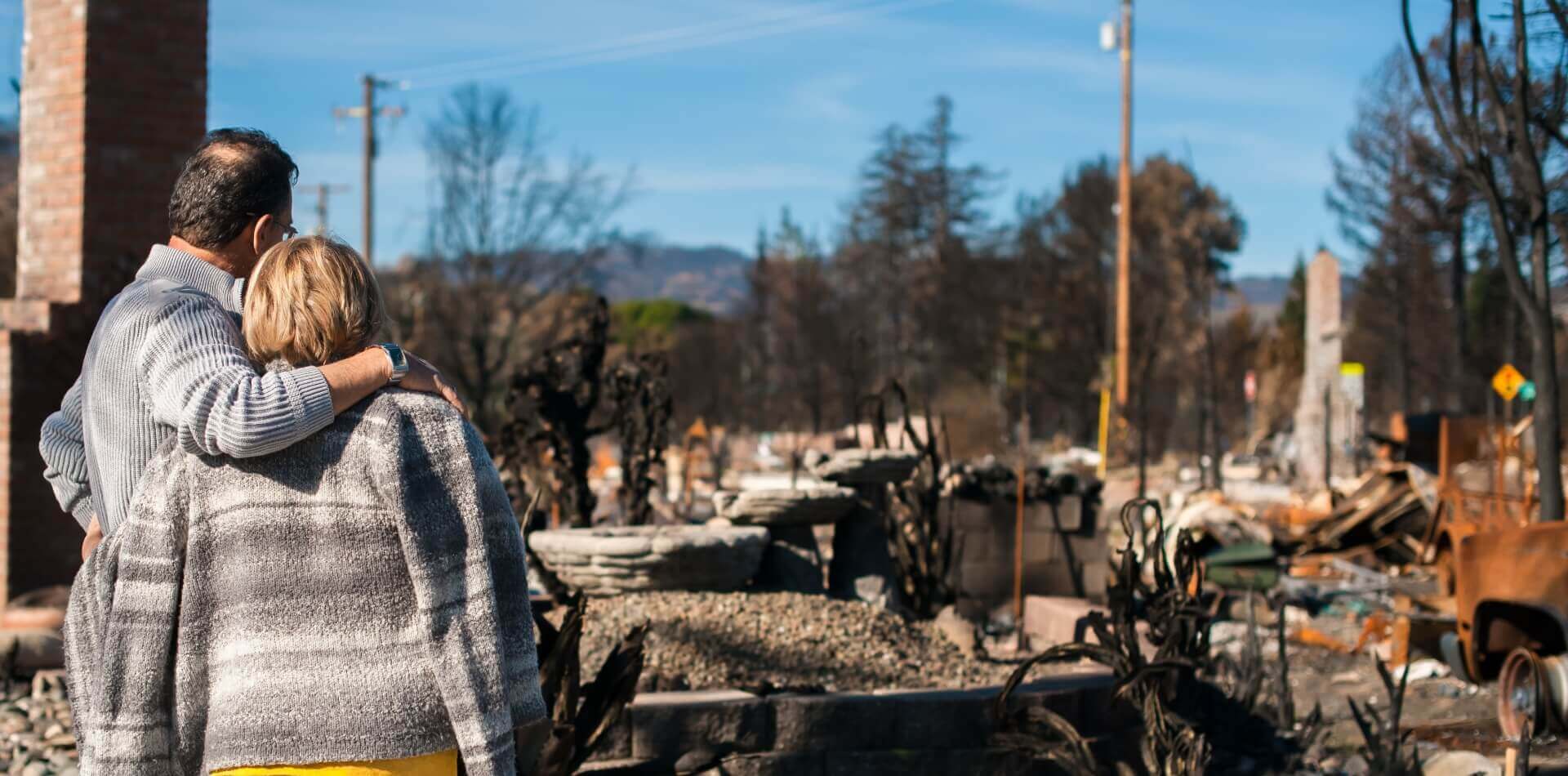Nothing lingers quite like the stale, acrid scent of smoke. Whether it’s from a recent kitchen mishap, a housemate’s cigarettes, or the aftermath of a small fire, smoke odor can seep into every inch of a home—walls, fabrics, vents, even light fixtures. If you’ve searched how to get smoke smell out of a house (or any of its close cousins like how to get rid of smoke smell in a house), you’re in the right place. This guide walks you through science‑backed tactics, practical DIY remedies, and professional treatments that truly remove the smell of smoke from house interiors for good, not just mask it.
Why Does Smoke Odor Linger?
- Microscopic Particles: Smoke contains tiny tar and ash particles that cling to porous surfaces.
- Surface Penetration: Walls, ceilings, and textiles absorb odor molecules deep below the surface.
- HVAC Circulation: Heating and cooling systems recirculate odor‑laden air, spreading the smell room‑to‑room.
- Temperature & Humidity: Warm, humid air opens pores in drywall and upholstery, allowing odors to cling more tightly.
Understanding these factors helps explain why a quick spritz of air freshener won’t solve the problem.
Quick‑Response Steps (First 24 Hours)
If you need how to remove cigarette smell from room instantly, start here:
- Ventilate Aggressively
Open all windows and doors, use box fans facing outward to create negative pressure, and run ceiling fans on high. - Swap the Air Filters
Replace HVAC and stand‑alone purifier filters to stop redistributing smoky air. - Deploy Odor Absorbers
Set out bowls of white vinegar, baking soda, or activated charcoal in each affected room—these materials physically adsorb odor molecules rather than masking them. - Launder Soft Items
Toss curtains, throws, and cushion covers into a hot‑water wash with half a cup of white vinegar.
These measures won’t eliminate odor entirely, but they jump‑start the process so deep cleaning is more effective.

Deep‑Cleaning Strategies (The Long‑Term Fix)
1. Wash Every Washable Surface
- Walls & Ceilings: Mix 1 cup of trisodium phosphate (TSP) or a degreasing dish soap per gallon of warm water. Wipe from the top down.
- Floors: For hard flooring, a solution of ½ cup vinegar per gallon of water cuts lingering residue. Carpets benefit from a steam clean with odor‑neutralizing shampoo.
- Cabinetry & Furniture: Use a mild wood‑safe cleaner, then follow with an odor‑absorbing pass of vinegar water.
2. Neutralize Textiles With Enzyme Detergents
Use enzyme‑based detergents on bedding, rugs, and upholstery. Enzymes break down tar compounds more thoroughly than standard soaps. For delicate upholstery, professional dry cleaning may be the safest route.
3. Repaint With an Odor‑Blocking Primer
After washing and thoroughly drying the walls, apply a shellac-based or acrylic odor-sealing primer before repainting. This seals any stubborn residue and prevents odors from re‑emerging.
4. Deodorize the Ductwork
Hire an HVAC specialist to clean ducts, replace insulation around vents, and apply antimicrobial sprays. This is critical for anyone wondering how to get cigarette smoke out of a house—odors trapped in ductwork easily sabotage surface-level cleaning.
5. Use Ozone or Hydroxyl Generators (With Caution)
These machines oxidize odor molecules, rendering them odorless. Because ozone can be harmful when inhaled, follow the EPA’s guidelines and only run ozone generators in unoccupied spaces.
Specialized Professional Solutions
| Solution | Best For | What It Does |
|---|---|---|
| Thermal Fogging | Whole‑house cigarette odor | Disperses a heated deodorant fog that penetrates porous surfaces, neutralizing odor compounds on a molecular level. |
| Dry‑Ice Blasting | Heavy soot from fires | Abrasively cleans wall and wood surfaces without moisture, removing charred residue. |
| Air Scrubbers | High‑volume smell removal | HEPA and activated‑carbon filters capture and contain smoke particles from the air. |
| Professional Contents Cleaning | Priceless or fragile items | Specialists treat artwork, electronics, and heirlooms in controlled chambers to avoid damage. |
If your smoke issue stems from a covered event (e.g., a kitchen fire), your public adjuster can negotiate with insurance to cover these services.
Natural DIY Remedies (When You Prefer Low‑Tox)
- Baking Soda “Shake‑n‑Vac”: Sprinkle generously on carpets; leave overnight before vacuuming.
- Coffee Grounds: Place bowls of dry coffee grounds in closets and cabinets to absorb odors.
- Citrus-Infused Vinegar Spray: Steep lemon or orange peels in white vinegar for a week, then strain. Mist upholstery for a fresh scent while neutralizing smoke.
- Houseplants: Spider plants and peace lilies help reduce airborne toxins. While they won’t remove the smell of smoke from the house alone, they aid overall air quality.
Preventing Future Smoke Odor
- Smoke Outdoors Only – Establish a strict no‑indoor‑smoking rule.
- Upgrade Ventilation – Install range hoods and bathroom fans with high CFM ratings.
- Schedule Routine Deep‑Cleans – Quarterly steam‑clean carpets and launder window treatments.
- Use Air Purifiers 24/7 – Choose units with true HEPA and activated-carbon filters to remove both particles and odor-causing gases.
- Inspect & Replace Filters Regularly – HVAC, purifier, and range hood filters all need routine changes.
These habits ensure you rarely have to Google how to get smoke out of your house again.

Final Thoughts & Next Steps
Still struggling with smoke damage after a fire or other insured event? Odor removal is only part of the recovery equation. If you need help navigating insurance claims for smoke or fire damage, Capital Adjusting Services can guide you from appraisal to settlement, so you can focus on restoring your home, not battling paperwork. Contact us today for a no‑obligation consultation.


